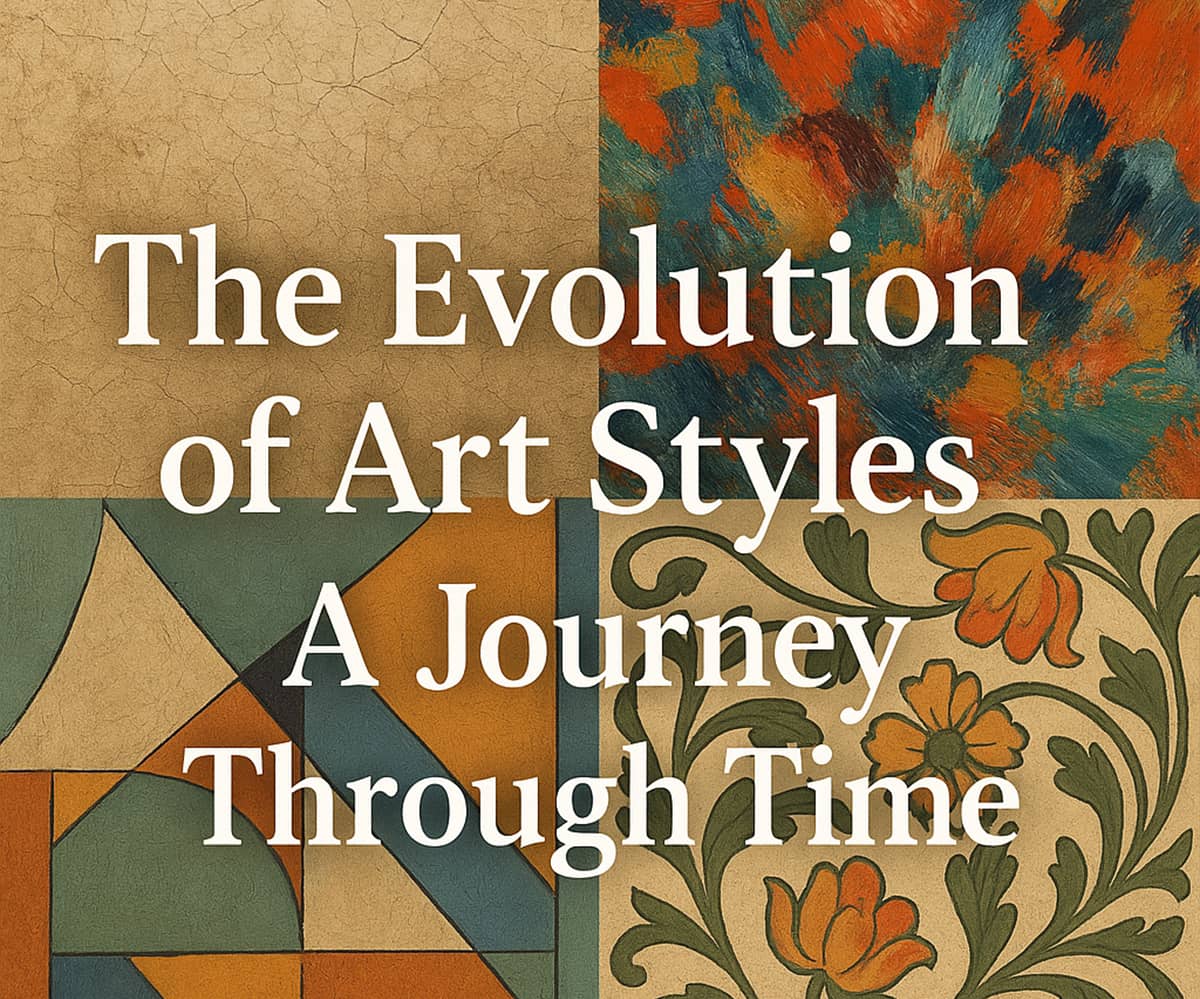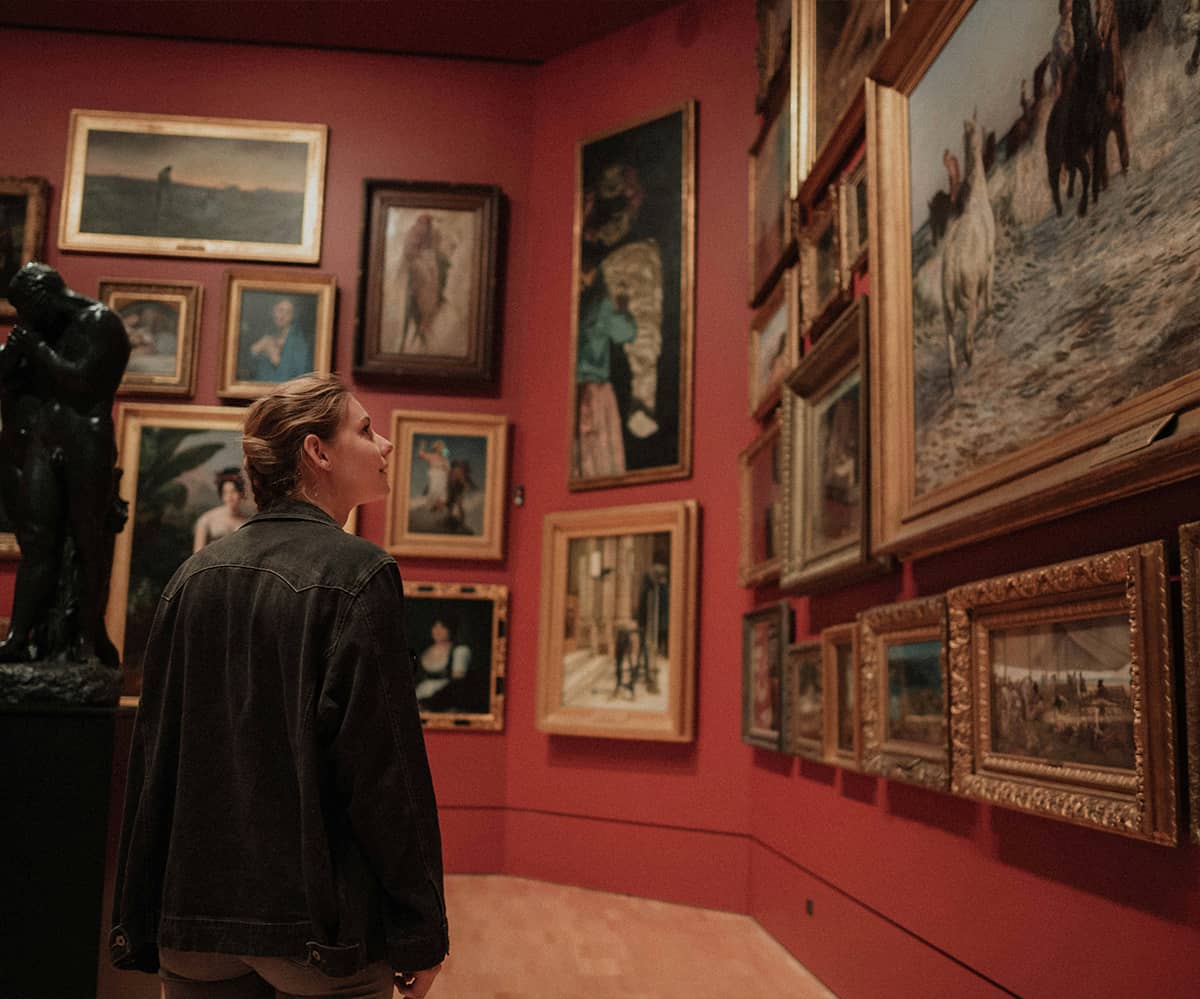A Beginner’s Guide to Working with Ceramics: Tools, Techniques, and Tips
Ceramics is a rewarding and creative craft that involves shaping, glazing, and firing clay to create beautiful and functional pieces. Whether you’re looking to make pottery, sculptures, or decorative art, this guide will walk you through the basics of working with ceramics.
1. Understanding Clay Types
The foundation of any ceramic project is the type of clay you choose. There are three main types of clay for beginners:
- Earthenware: This is a low-fire clay that’s easy to work with and great for beginners. It’s softer and porous, ideal for decorative pieces.
- Stoneware: Fired at higher temperatures, stoneware is more durable and water-resistant, making it suitable for functional items like plates and bowls.
- Porcelain: Known for its fine texture and delicate appearance, porcelain is more challenging to handle, but produces beautiful, smooth finishes when mastered.
2. Essential Tools
To get started, you’ll need a few basic tools. These are the essentials to shape, smooth, and refine your clay:
Clay: Obviously the most important! Start with earthenware for practice.
Pottery Wheel (Optional): If you want to throw pots or vases, a wheel is essential. Hand-building is also an option if you prefer not to use a wheel.
Sculpting Tools: A set of wooden or metal tools for shaping, carving, and adding texture.
Rolling Pin or Slab Roller: For flattening clay evenly to create tiles or slabs.
Wire Cutter: To slice through blocks of clay easily.
Sponges: For smoothing surfaces and cleaning your workspace.
Kiln (or Access to One): To harden your finished piece, you’ll need to fire it in a kiln.
3. Basic Ceramic Techniques
There are several ways to work with clay, but these three techniques are perfect for beginners:
- Pinch Pots: One of the simplest forms of pottery, pinch pots are made by rolling a ball of clay and pinching it into shape with your fingers. It’s great for learning hand-building basics.
- Coil Building: In this method, you roll out long coils of clay and stack them on top of each other to form walls, smoothing and joining the coils as you go.
- Slab Construction: Roll out slabs of clay and cut shapes to build structures. This technique is perfect for creating geometric or angular pieces like boxes or tiles.
4. Drying and Firing
Once you’ve shaped your piece, it’s important to let it dry thoroughly before firing. Here’s the process:
- Drying: Let your ceramic piece air-dry until it’s “bone dry” (completely dry and light-colored). This step can take several days.
- Bisque Firing: The first firing is called bisque firing, which transforms your clay into a ceramic material. It strengthens the piece and prepares it for glazing.
- Glazing: After bisque firing, you can apply glaze to add color and a glossy finish. There are many types of glazes, from matte to shiny, and you can layer them for different effects.
- Glaze Firing: After glazing, fire the piece again at a higher temperature to set the glaze and finalize your work.
5. Tips for Success
- Start small: Work on small projects to get a feel for the material and techniques.
Keep your tools clean: Clay residue can build up on your tools and affect the precision of your work. - Be patient: Working with ceramics takes time and practice. Expect some trial and error, especially when learning to fire and glaze.
- Join a community: Many ceramic artists learn through shared experiences. Take a class or join a local ceramics studio to get hands-on guidance and tips from other artists.
6. Common Mistakes to Avoid
- Rushing the drying process: Allow your piece to dry slowly to avoid cracking.
Skipping the wedging process: Always knead or wedge your clay to remove air bubbles, which can cause cracks or explosions in the kiln. - Too thick or too thin: Aim for even thickness when building, as uneven areas can crack during drying or firing.
Conclusion
Working with ceramics is a fulfilling and meditative process that offers endless creative possibilities. As you gain confidence, experiment with different clay types, techniques, and glazes. Remember, ceramics is as much about the journey as it is about the final product, so enjoy each step along the way.
Happy crafting!




